02 Aug
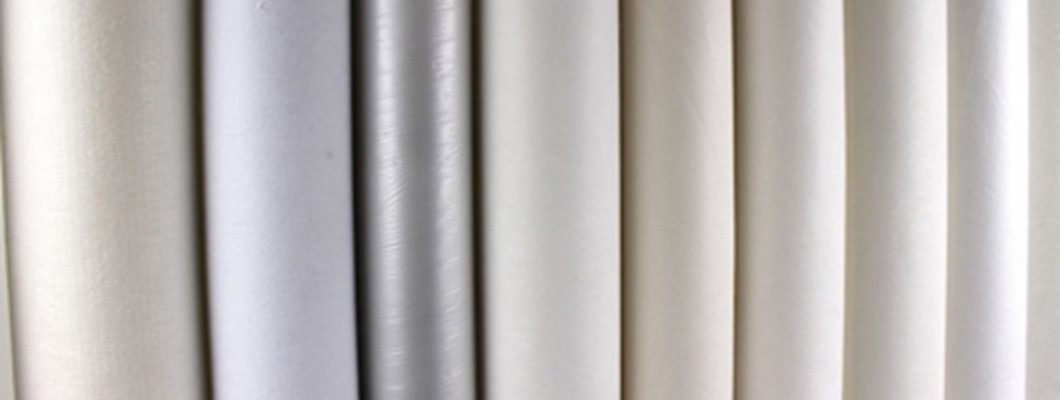

Choosing a stabilizer for an embroidery project is a headache!
That’s why we are here once again, to help you pick the right stabilizer for your embroidery wants & needs! We are going to take you on an easy essential-picking journey so that you land on the perfect embroidery island!
What is a stabilizer? Why do you need it?
Stabilizers also known as backings, are often firm sheets placed commonly underneath the embroidery designs during the embroidery process (rarely on top; more on that later).It is vital for machine embroidery because, it supports the fabric throughout the stitching process to prevent puckering or stretching. You need a backing as it minimizes a lot of issues or problems that rise up during machine embroidering and therefore, you need the right backing.
If it is not the right one, you will not get an amazing and exact result of your embroidery design.
What to keep in mind before choosing a stabilizer?
There are a few things to keep in mind before choosing a stabilizer because; many factors contribute to picking the right one for your embroidery project.
Always keep in mind:
- The type of fabric
- The embroidery design.
- The weight and type of the backing.
In general,
| Fabric Type | Stabilizer Type |
| Heavy fabric | Heavy stabilizer |
| Light, soft or drapey fabric | Light stabilizer |
| More stitches in the embroidery design | Heavy stabilizer |
| Less stitches in the embroidery design | Light stabilizer |
*this is a general guideline
Different types of Stabilizers:
Now we are going to look into the different types of backings so that we can find one for you!
Cut-Away Stabilizers

The Cut-Away backing is considered as the steadiest of all the stabilizers.You can use a cut-away on almost any fabric but, it is a must to use it on knit or stretchy sorts of fabric. After the embroidery process, the excess backing is cut away (as the name suggests) and the left on remains to prevent the stitches from popping or fraying!
| Variations of Cut-Away Stabilizers | Details |
| Heavy Weight Cut-Away Stabilizer | Heaviest stabilizer – best for sweatshirts and heavy fabrics. |
| Medium Weight Cut-Away Stabilizer | More support than a light cut-away, less stiff than a heavy cut-away– best for medium |
| PolyMesh Cut-Away Stabilizer | Very gentle & soft feel against skin–best for baby/children’s clothing and lightweight stretchy fabrics. |
Tear-Away Stabilizers

Tear-Away is perfect for those who want to or need to tear off most of the backing after the whole embroidery process.
You can use it on almost any fabric type except knit, stretchy or really sheer fabric.
| Variations of Tear-Away Stabilizers | Details |
| Heavy Weight Tear-Away Stabilizer | Supports a large stitch count. Easy to tear off. Best for items with heavy stitch count designs. |
| Medium Weight Tear-Away Stabilizer | Only available in black, a firm tear-away feel but easy to remove. |
| Light Weight Tear-Away Stabilizer | Lightest of weight; adds very little weight to the project. Easy to tear. Can be printed on. Best for when doing decorative stitches. |
| Ultra Clean & Tear-Away Stabilizer | A soft medium stabilizer easy to tear. The remaining fibers will wash off as the project is washed. |
Wash-Away Stabilizers

Wash-Away stabilizers are used when the entire backing is wished to be removed from the project after the whole process of embroidery.
This does not support as many stitches as the previous two which is why a Wash-away should be carefully considered (looking at the design’s density and stitch count). Do not use Wash-Away if your fabric cannot be laundered.
| Variations of Wash-Away Stabilizers | Details |
| AquaFilm Backing (Stabilizer) | Clear & lightweight. Easy to rinse. Not weighty enough for a stand-alone lace. |
| AquaMesh Stabilizer | Opaque, supports a good amount of stitches. Can be cut but not torn. Can be used for stand-alone lace. |
| Badgemaster Stabilizer | Clear & heavy. Majority of it can be torn before washing away. Good for stand-alone lace |
Conclusion
These are the standard stabilizers that we always suggest to beginners.
There are many specialty ones now in the market too and yes, you can learn more about them if you want to. We encourage you to first get used to the standard backings before reaching out to more of the advanced specialty ones.
Remember, you are just a beginner. You are going to make mistakes and it’s all good! Before using stabilizers on your projects, remember to always go for a test-run before the final process!
Have Fun Sewing & Embroidering!

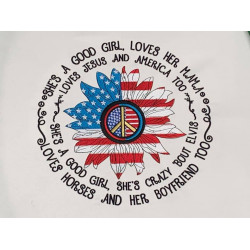

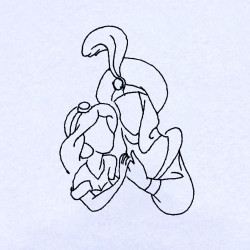

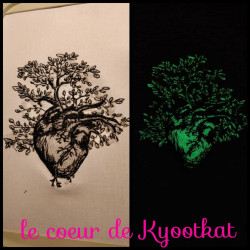
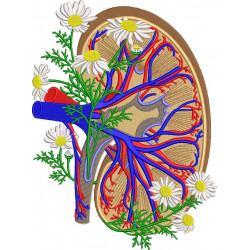

-250x250.jpg)
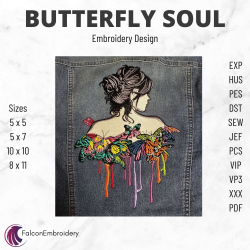
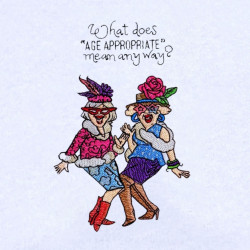
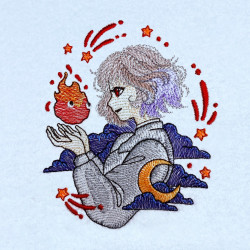
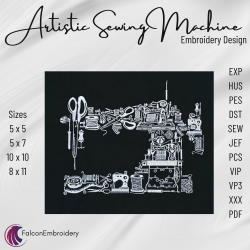
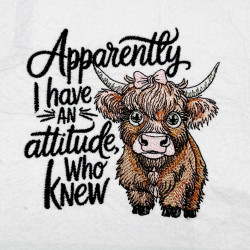


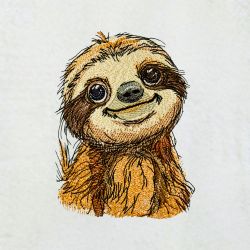
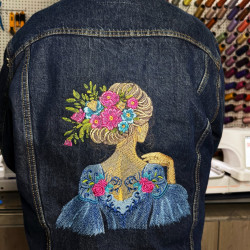
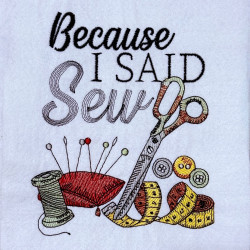

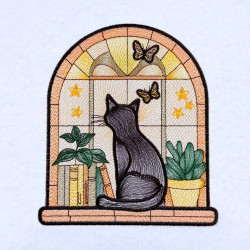
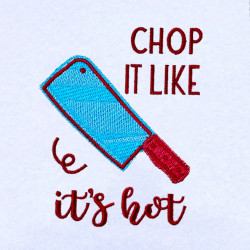
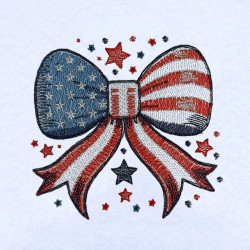
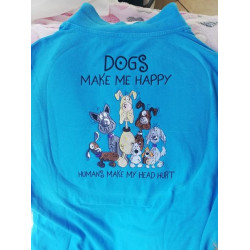

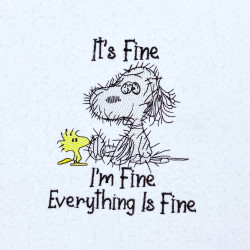
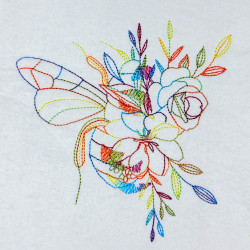





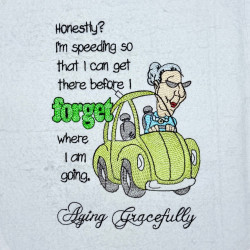
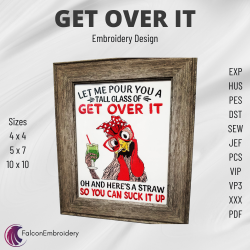
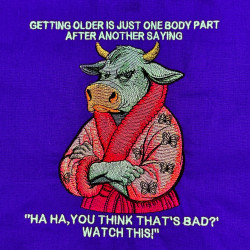
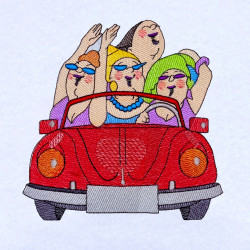
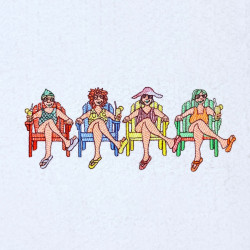

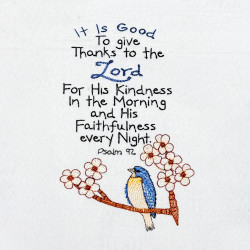
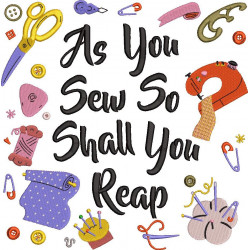
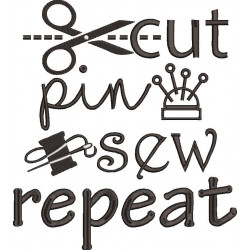

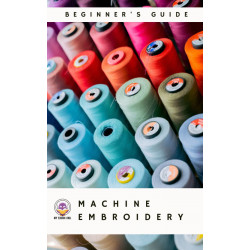
Leave a Comment